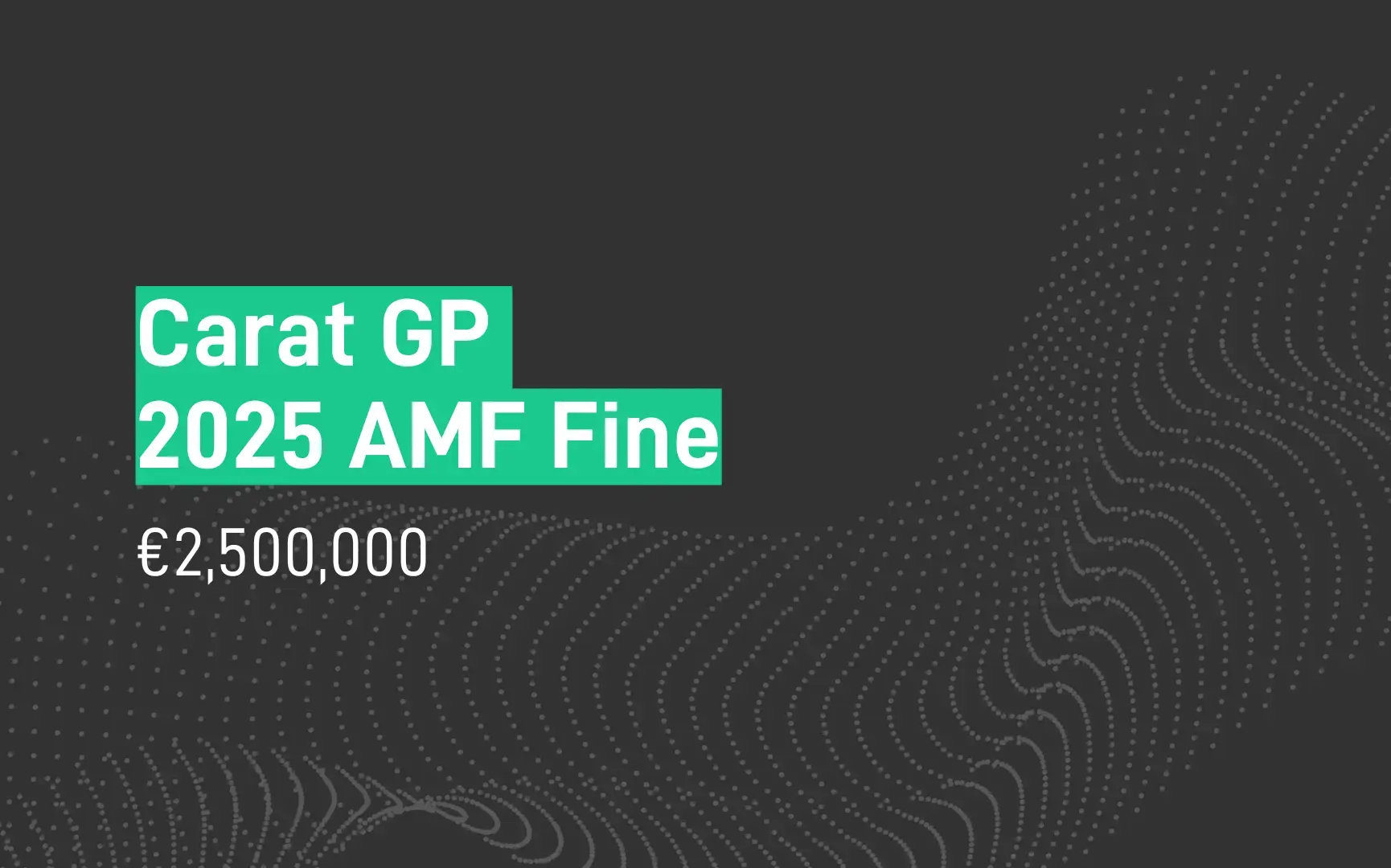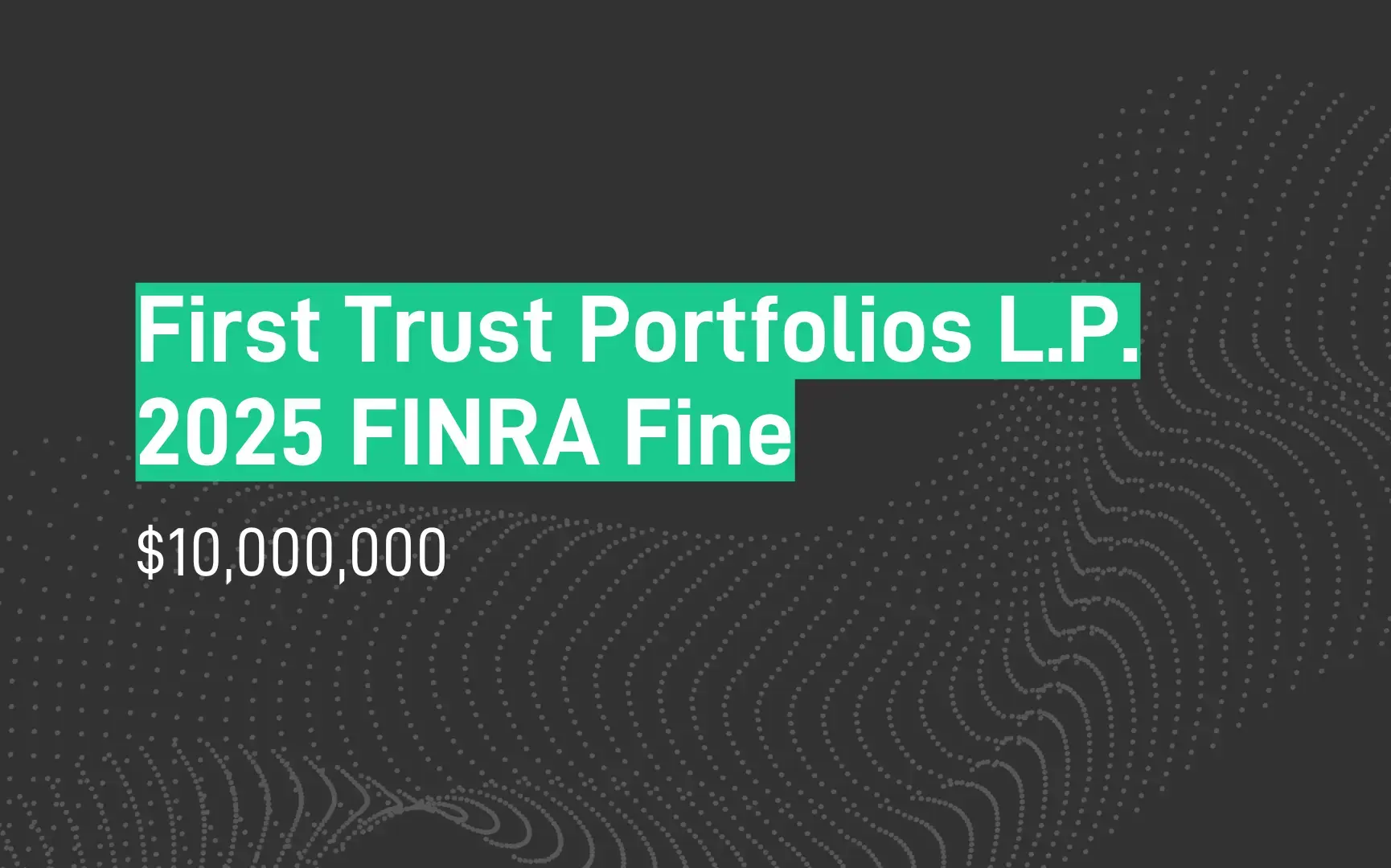Section 6(c) to the Commodities Exchange Act
Under the Dodd-Frank Act, Congress gave the CFTC new and greater enforcement authority for futures, swaps and spot commodity markets similar to Section 10 of the Securities and Exchange Act of 1934. Congress added Section 6(c) to the Commodity Exchange Act which prohibits manipulative or deceptive devices or contrivances.
CFTC Rule 180.1
The CFTC then issued Final Rule 180.1, which gives the CFTC authority to enforce Section 6(c) and broadly prohibits manipulative and deceptive devices and contrivances, employed intentionally or recklessly, regardless of whether the conduct in question was intended to create or did create an artificial price.
CFTC Rule 17
Additionally, under Rule 17 CFR § 38.156, firms must maintain an automated trade surveillance system which can detect and investigate potential trade practice violations. The system must process daily orders within 24 hours end of the trading day. This system must also be able to detect specific trade patterns and anomalies.












